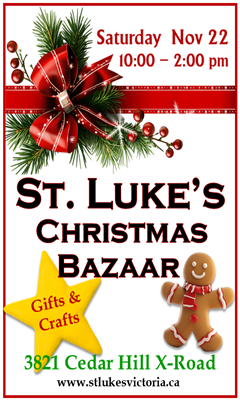I am on a trip from Canada to the UK, where most members of my family live. I walk into my cousin’s family room, where I notice a blanket hanging across the back of the sofa. It looks familiar, grey with a tartan pattern in watermelon-red. Can this be the blanket that I had taken with me to boarding school over six decades ago? It looks in excellent condition.
My cousin tells me my sister gave it to her after my mother died. I lift up the corner and see that the label with my name is still there. This was the winter blanket, added to the lighter summer one when the weather in the Himalayas started to get frosty. It was from the days my family lived in India, before their emigration. It had been imported from England, made with the finest merino wool, tightly woven.
The decades suddenly evaporate, and I am little again, desperately homesick. I want my family; I want my home; I want my mother—and the warmth of the blanket doesn’t offer the comfort I’m seeking. My cousin tells me to take the blanket home to Canada, seeing as it’s mine. But I know it’s best left in her house. It’s best I leave that chapter behind. “You keep it,” I tell her, “it’s still in the family.” I’m glad it didn’t get sold. Anyway, what price the memories, the history, the emotions? She tells me she is surprised the blanket is so old because it is in such good condition.
It was, after all, the best quality merino wool—made in England.
I emigrate to Canada, leaving all my family behind. There, I buy a Hudson’s Bay point blanket. I want something quintessentially Canadian. I’m impressed by the colourful stripes, the thickness of the blanket, the quality of the wool. Using it makes me feel somewhat Canadian. I’m happy to use it. I have a new country, a new marriage and a new family.
These are happy days, sometimes. I’m an immigrant and feel the loss of my old home, my family, my friends. I feel dislocated and foreign. The blanket feels warm, but its colours are of this new place I’m unaccustomed to. More than fifty years later, I still own it. Should I sell it? What price the memories, the emotions, the history? It’s over half a century old, the blanket of an immigrant, still in excellent condition.
It was, after all, the best quality merino wool—made in England.
I read an account of the early history of British colonialism in Canada and the monopoly of the Hudson’s Bay Company, first given a royal charter to trade and then to acquire territory. Central to the history is the story of the HBC blanket, which begins to be sold about the year 1779. The blankets, produced in England and prized for their warmth, are traded with the Indigenous peoples for beaver pelts. The beaver, once ubiquitous, becomes almost extinct, until the fashion changes and the fur is no longer needed for top hats. The blankets, however, continue to be traded, now for territory. The story of the blanket takes a sinister turn.
There is no vaccine for smallpox, not yet. One awful fact about the virus is that it continues to live and spread through surfaces like clothing or bedding. Are infected blankets sold by mistake? Do individual traders pick up infected blankets marked for the incinerator for nothing and then make the rapacious and evil decision to sell what they know is unfit to sell in order make an enormous profit?
Blankets now are being traded not just for pelts but for territory. Indigenous people are not just losing their land, but they are becoming terribly ill and are dying. The Indigenous population is decimated. Is it too cynical to believe the British colonial government is making a deliberate decision to trade infected blankets for a massive land-grab? What makes this possible is that the blankets are so long-lasting and strong. They stay in good condition for years and can therefore be sold second-hand.
They are, after all, the best quality merino wool—made in England.
Through some random reading, I happen upon a startling piece of history. It is to do with the history of the place where I now live, Ten Mile Point, near Cadboro Bay, in Victoria, BC. I know I live in the lands once occupied by First Nations, and most of the meetings and events I attend give land acknowledgement to “the ləkʷW əŋən people known today as the Songhees and Esquimalt nation,” but the statement doesn’t give me an image of what was here before and what actually happened. The information I come across gives me that. It deals with the Douglas Treaties.
The wily James Douglas, Chief Factor of the Hudson’s Bay Company, acting as representative of the British colonial government, makes several treaties with the Indigenous peoples of the island, and a particular one signed in 1850 was with the tribe or family of the Che-ko-nein. How much is lost in translation during these meetings? What do the chiefs of the tribes understand is happening?
Nevertheless, whether or not they fully understand what they are doing, all the land from Gonzales Point to PKOLS (Mount Douglas), and east to the shoreline, is given by them to the Hudson’s Bay Company, in exchange for £79, and blankets. What price, the blankets? We are talking here about part of Oak Bay, Oaklands, Uplands, Cadboro Bay, Ten Mile Point, University of Victoria grounds, Gordon Head, PKOLS—all for a bundle of blankets.
They are, after all, the best quality merino wool—made in England.
This article was written on September 30, 2024, the National Day of Truth and Reconciliation and is dedicated to the memory of Murray Sinclair, seeker of truth. A version of this article originally appeared in the Prescription, the quarterly publication from St Luke’s, Cedar Hill.




